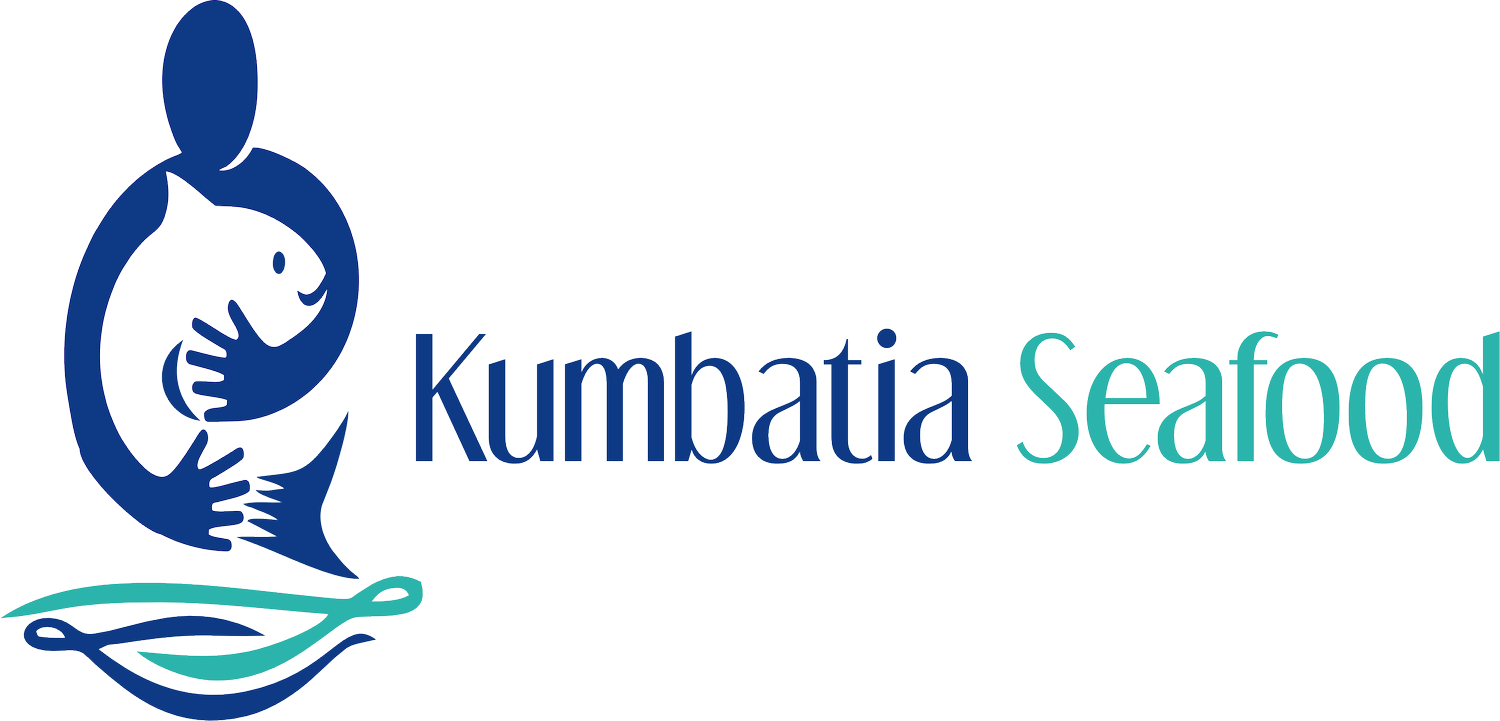Building a Sustainable Future for Kenya's Fisheries
Kenya’s parliament recently passed a bill introducing a 20 percent tax on fish imports.
🔍 Why Is This Happening?
The new tax law aims to address the import/export fish deficit and improve local food security by encouraging enhanced seafood harvesting and production within Kenya.
🐟 The Challenge
Kenya is a fish-deficit country, with a demand of 500,000 tonnes annually against local production of 135,000 tonnes. This has led to a reliance on imports, with the primary product being comparatively cheaper farmed tilapia where sustainability and product toxicity concerns have come into question.
🌊 Coastal Context
Per capita fish consumption on Kenya’s coast is higher than in most other regions across the country. Despite being a rich local fishery, a large proportion of this seafood is imported because fish that has been farmed or caught in an industrialized manner is generally more affordable than that which has been harvested in a small-scale manner. That being said, there is a significant portion of seafood collected in Somali and Kenyan waters that can compete with import prices. Unfortunately, most of this fish, known locally as “Karanga fish”, is caught using illegal beach seines and is of juvenile size. This has costly implications for fish populations, seagrass beds, and coral reefs.
💡 Our Approach
Kumbatia primarily focuses on the domestic and international distribution of sustainably caught, high-value species. This means that a portion of our product offerings are unfortunately too expensive for the average Kenyan consumer. However, a significant percentage of Kumbatia’s fishers harvest species without significant export value (despite being incredibly delicious 🤤). This allows us to offer an affordable source of protein to Kenyan consumers that is ethically and locally caught. While the margins lie in export, Kumbatia has a duty to improve coastal food security and provide an affordable, local, and sustainable source of protein for its citizens. We have a very long way to go here, but it remains top of mind.
